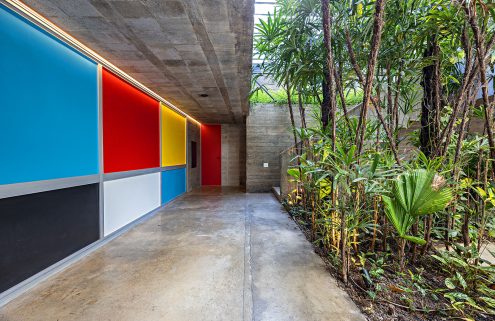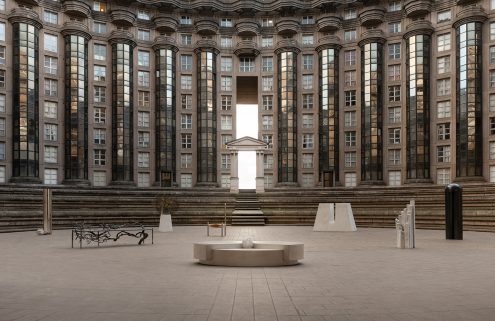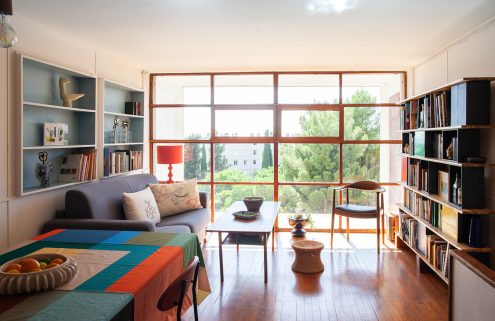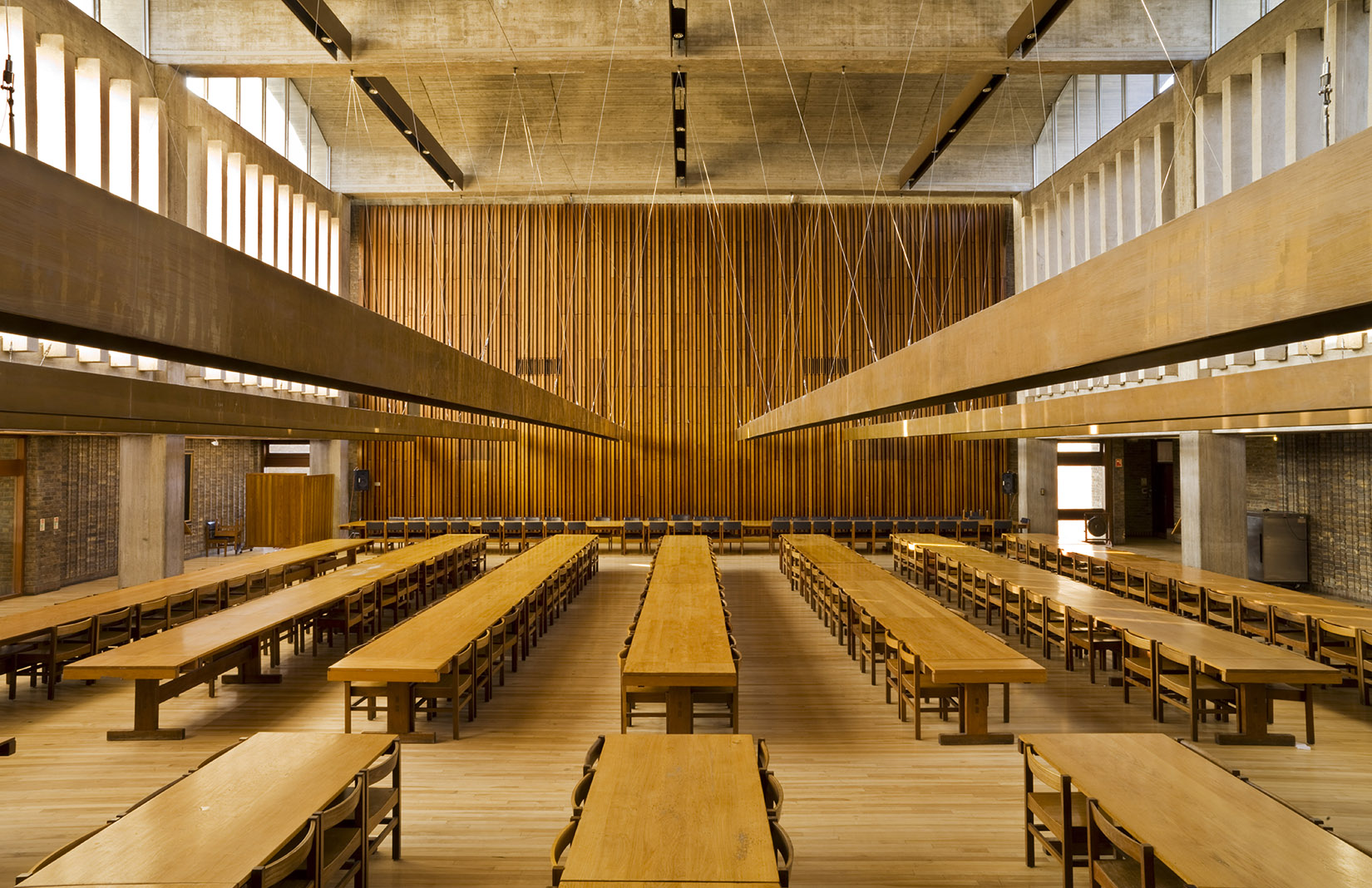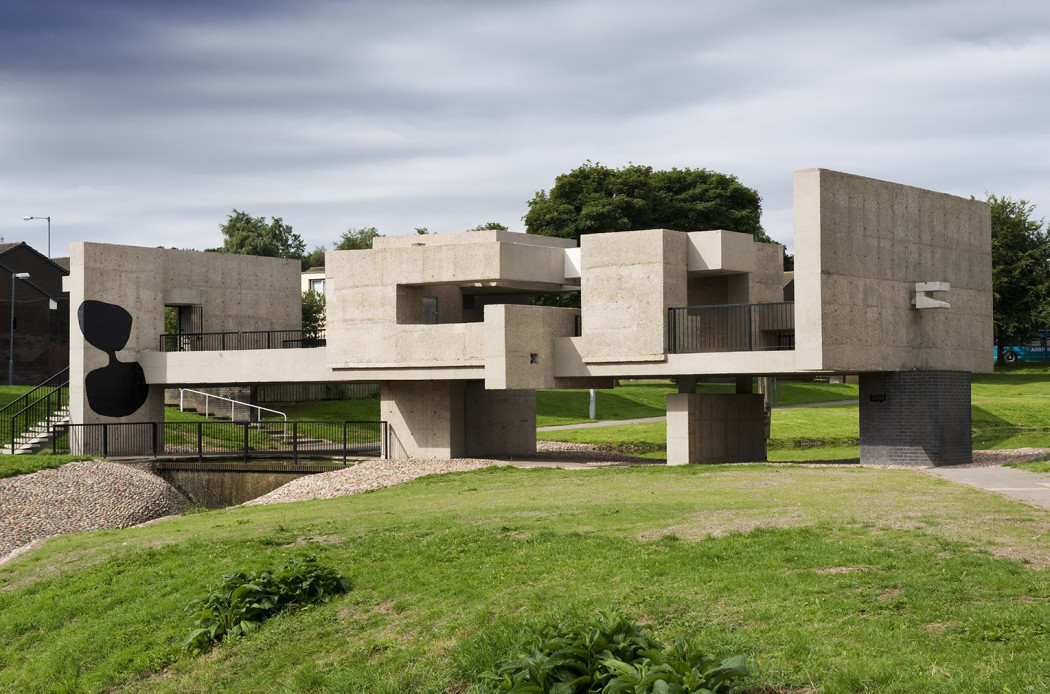
Post War Buildings.
Apollo Pavilion, Peterlee, County Durham.
General view of Apollo Pavilion by Victor Passmore, 1969.
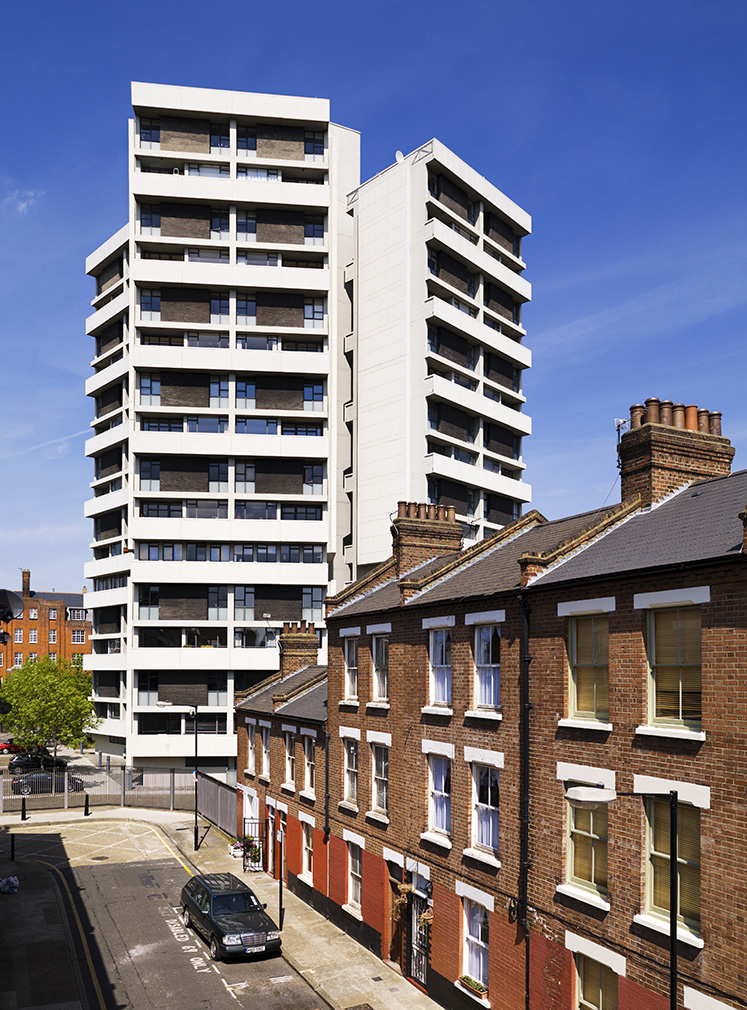
Post War Buildings.
Keeling House, Claredale Street, Tower Hamlets, London.
General view of Keeling House.

Post War Buildings.
Lancaster University, Scotforth Road, Lancaster, Lancashire.
Detail view of The Chaplaincy Centre.
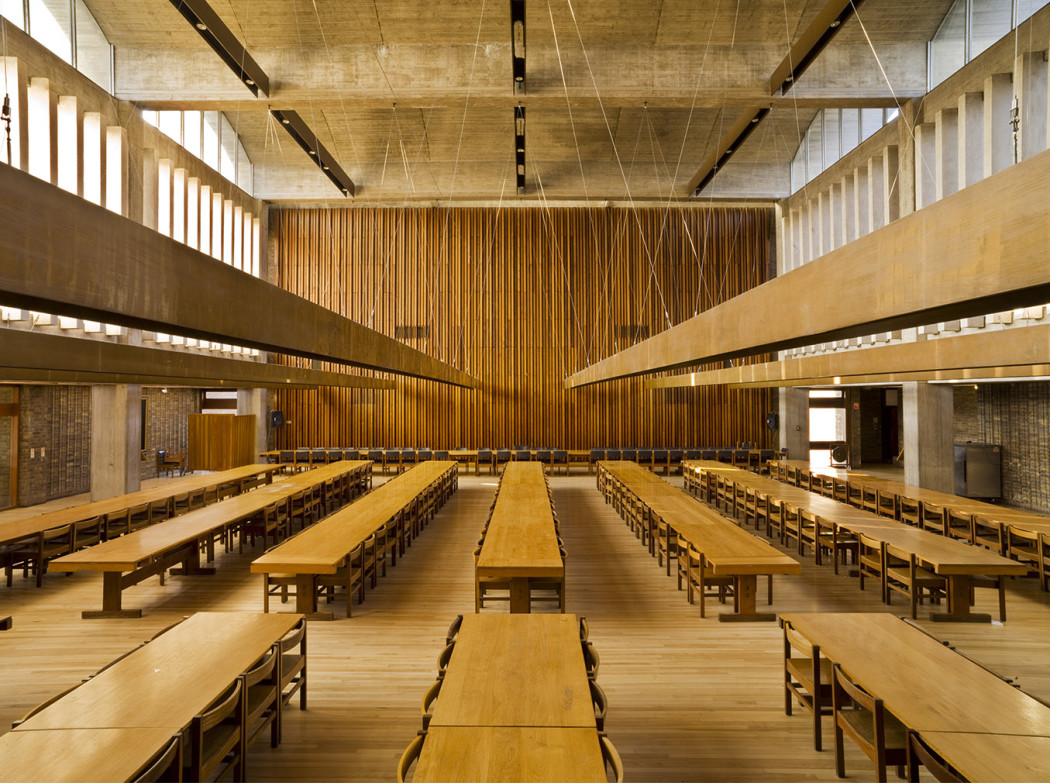
Post War Buildings
Churchill College, Storeys Way, Cambridge, Cambridgeshire.
Interior of dining hall.

Post War Buildings.
Coventry Cathedrall Church of St Michael, Priory Street, Coventry, Warwickshire.
Chancel and tapestry by Graham Sutherland.

Post War Buildings. Elain Harwood.
Engineering Building, Leicester University, Leicester, Leicestershire.
Detail of workshop glazing.

Post War Buildings
Cummins Engine Factory, Yarm Road, Darlington, County Durham.
General view of front elevation in Cor Ten steel.

Post War Buildings.
Farnley Hey, Farnley Tyas, West Yorkshire.
General view of double height living room.
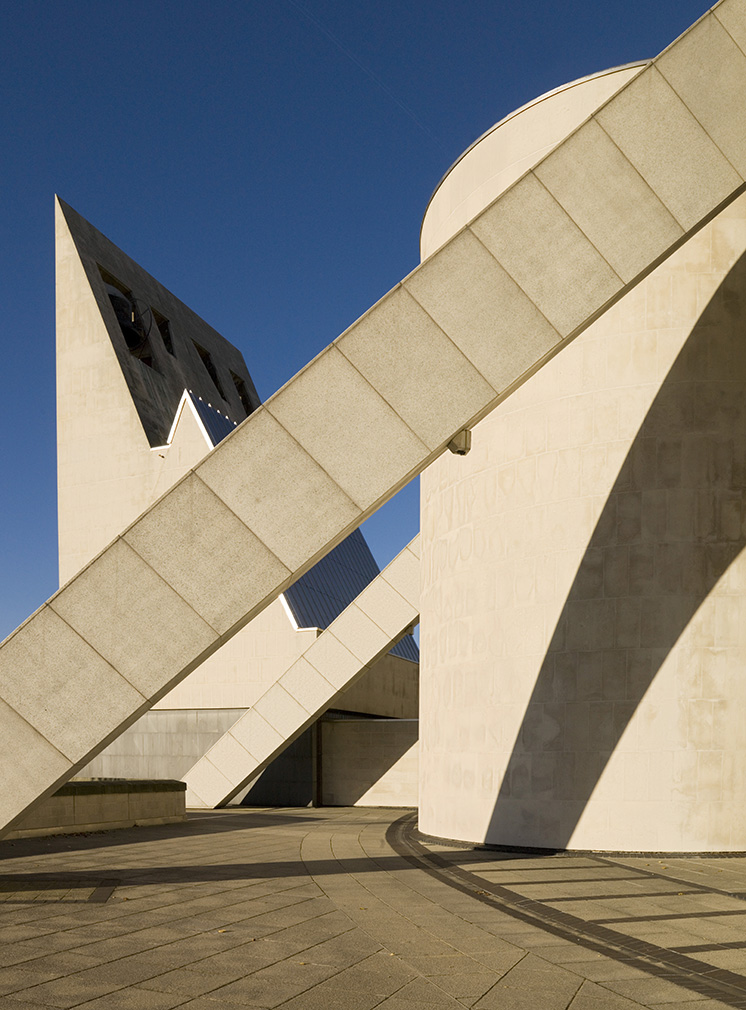
Liverpool Metropolitan Cathedral, Mount Pleasant, Liverpool
Photography: James O Davies

Post War Buildings.
The Royal College of Physicians, St Andrews Place, Regents Park, Greater London.
Interior of foyer, showing stair.
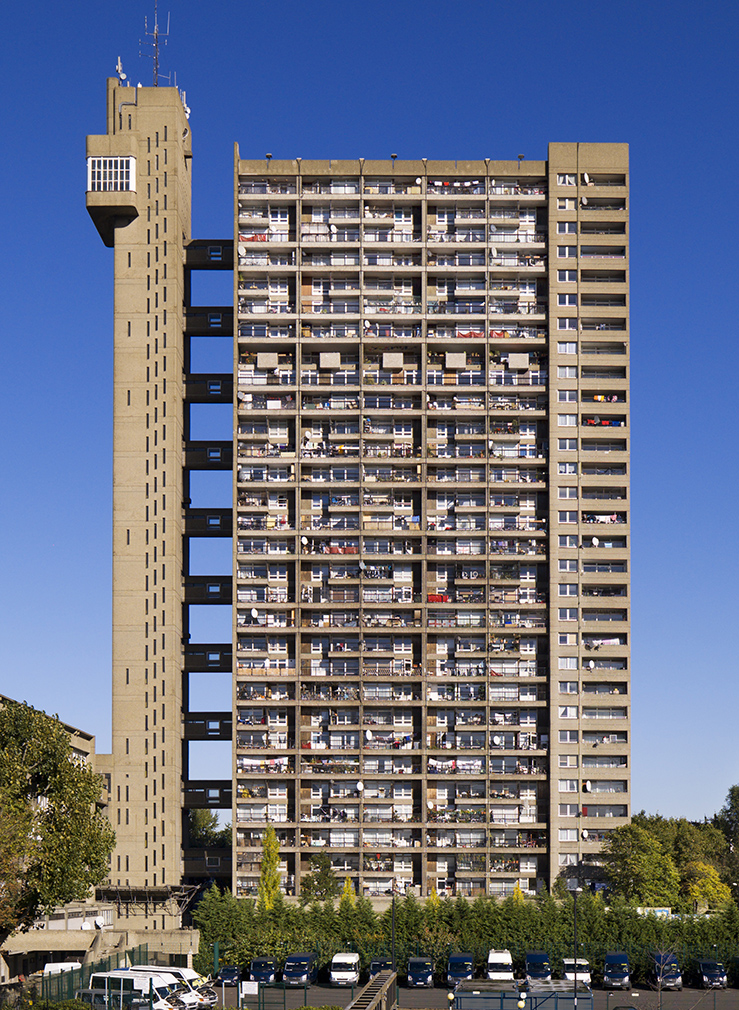
Post war Buildings.
Trellick Tower, 5 Goldborne Road, North Kensington, London.
General view of elevation.
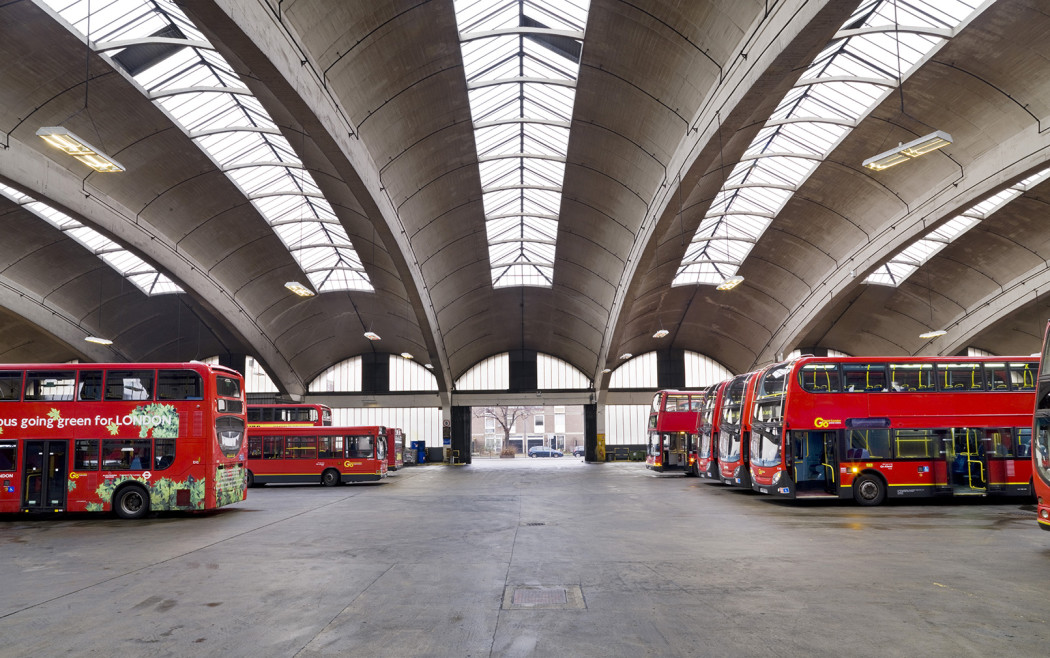
Post war Buildings.
Stockwell Bus Garage, Binfield Road, Stockwell, London.
Interior, general view of bus garage.
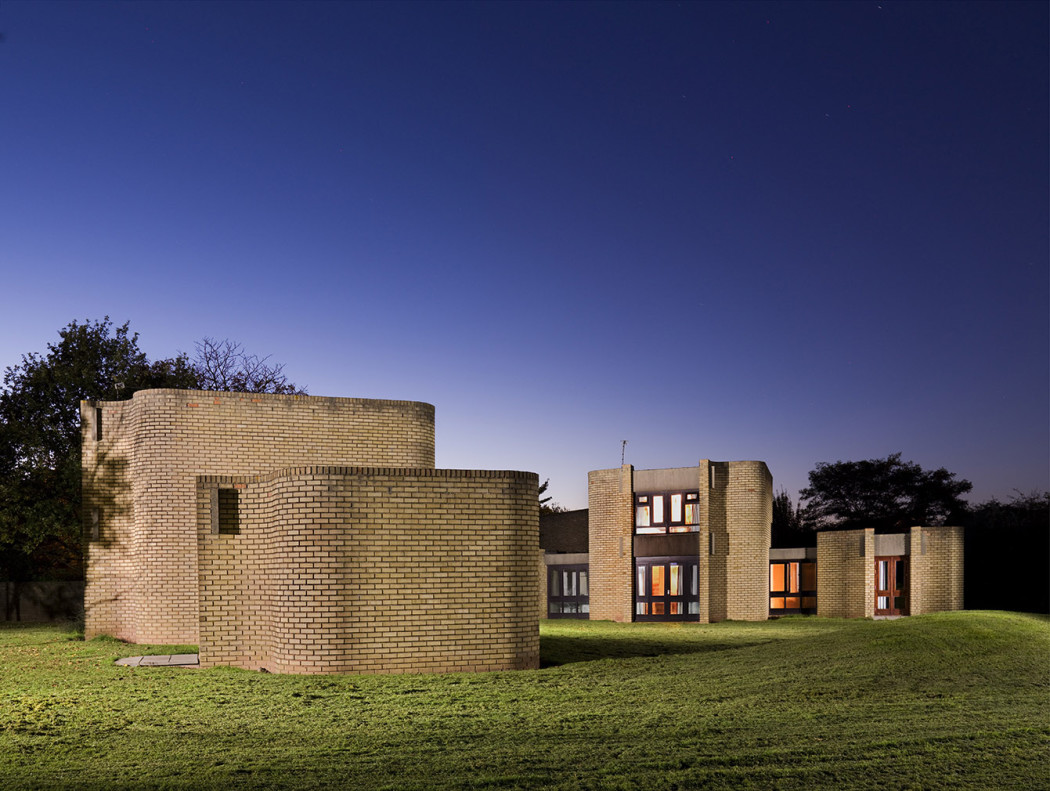
Post War Buildings.
Houses for Visiting Mathematicians, Gibbet Hill Campus, Warwick University, Gibbet Hill Road, Coventry, Warwickshire.
General view of housing lit at twilight. Designed in 1967, built 1968-9 by Howell, Killick, Partridge and Amis.
Despite Brutalism’s growing fan club, there was a time not long ago when large swathes of the population considered Britain’s post-war architecture as ugly. So when Historic England historian Elain Harwood was tasked with writing an encyclopaedia about the period back in 1997, the aim was to change those opinions.
That book, Space, Hope and Brutalism: English Architecture, 1945-1975, has just come out but the approval ratings for post-war buildings have been on the up for a while.
‘The period has become much more widely appreciated and is very fashionable with designers, collectors and the large numbers of younger people who appreciate is as a unique era in its ambition and opportunities,’ says Harwood.
Now, the book’s goal is less about swaying public opinion and more to inform knowledge-thirsty architecture buffs. Harwood draws on the extensive research undertaken by English Heritage in the 1990s – when it was listing post-war structures – asking why certain post-war buildings take the form they do, and why each building was needed in the context of Britain’s welfare state.
Adds Harwood: ‘The welfare state that gave me so many opportunities growing up in the 1970s is important to me, so it seemed vital to bring the two disciplines together so that one would inform the other.’
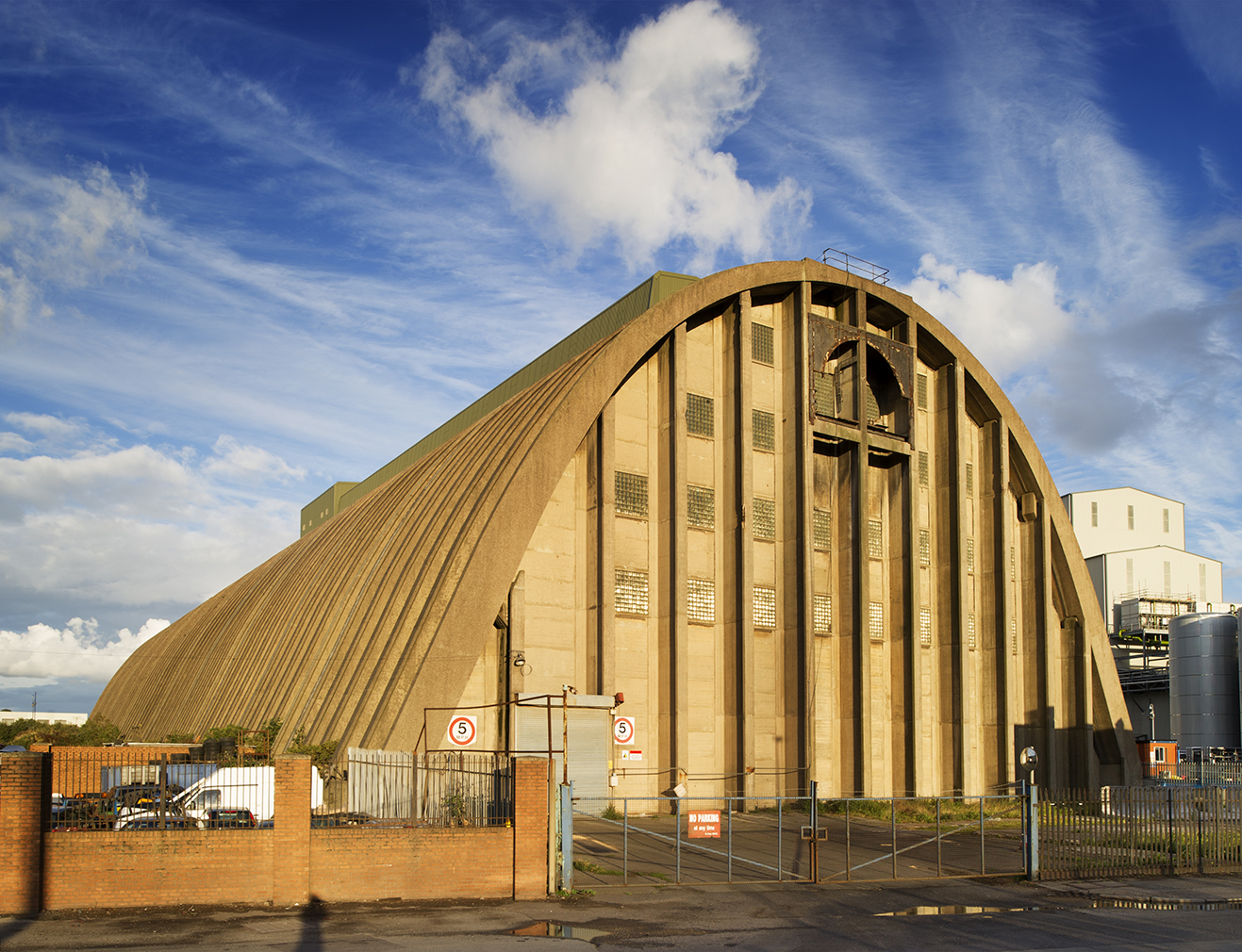
Photography: James O Davies
She covers different types of buildings, from the residential Trellick Tower in Kensington to Coventry Cathedral and Liverpool Sugar Silo – with photographer James O Davies accompanying the writer’s findings with shots of each post-war icon.
Harwood’s favourite structure, though, is the University of Leicester’s Engineering Building – designed by architects Stirling & Gowan. ‘It combines ideas on modernism and constructivism from across the world with Britain’s engineering tradition and materials that were a response to British cities,’ she says.
